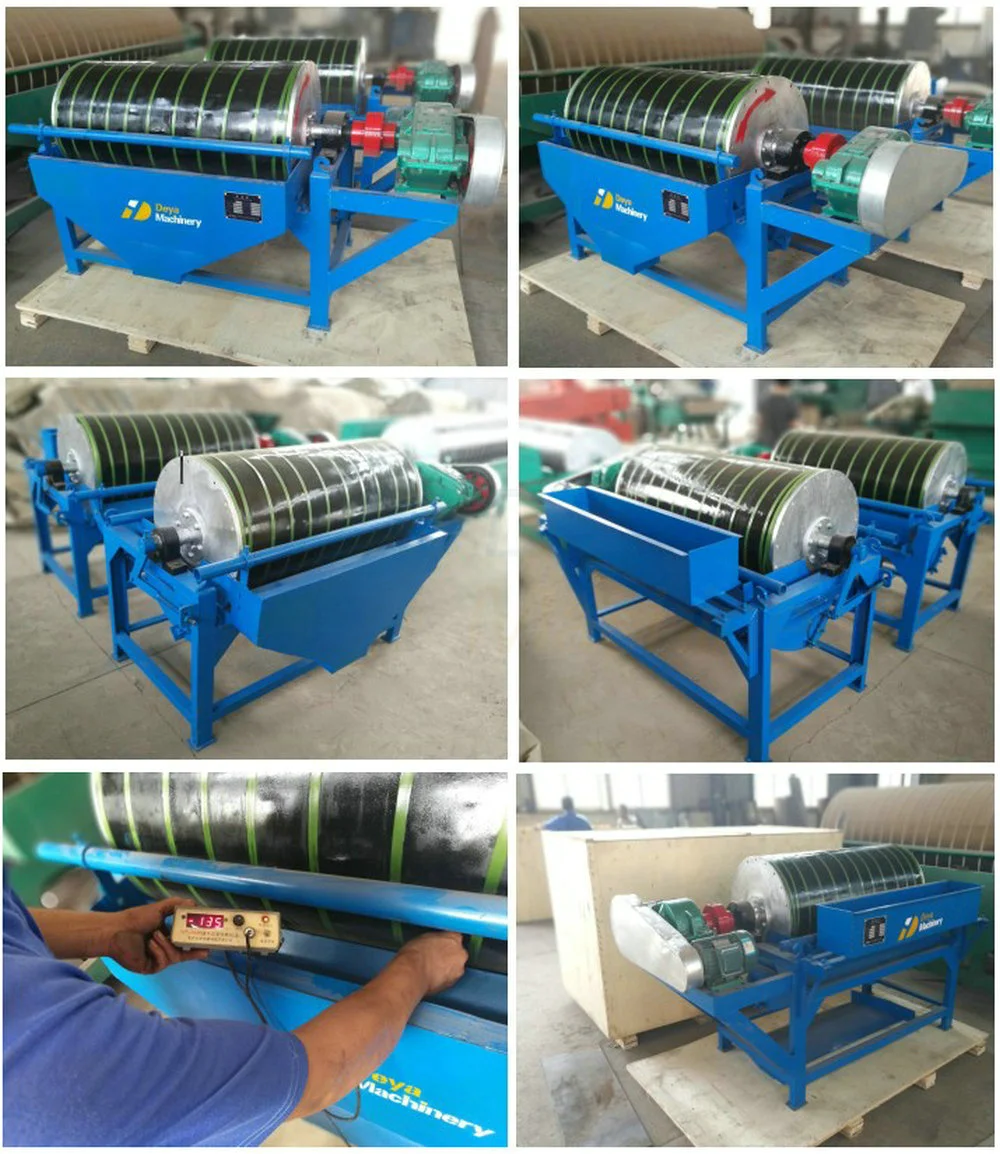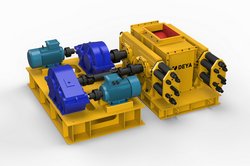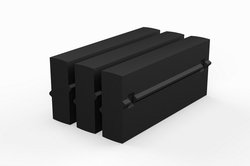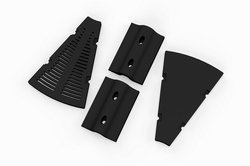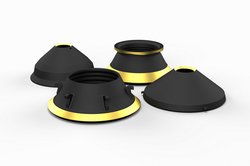Low intensity wet drum magnetic separator
Introduction
Deya Machinery has produced magnetic separators for dense media recovery since the early 1990’s. Several hundred wet drum magnetic separator separators have been supplied since then for various operations on all continents.
Although praised for their high efficiency from the outset, the separators have over the years become even more effective with higher capacity ratings.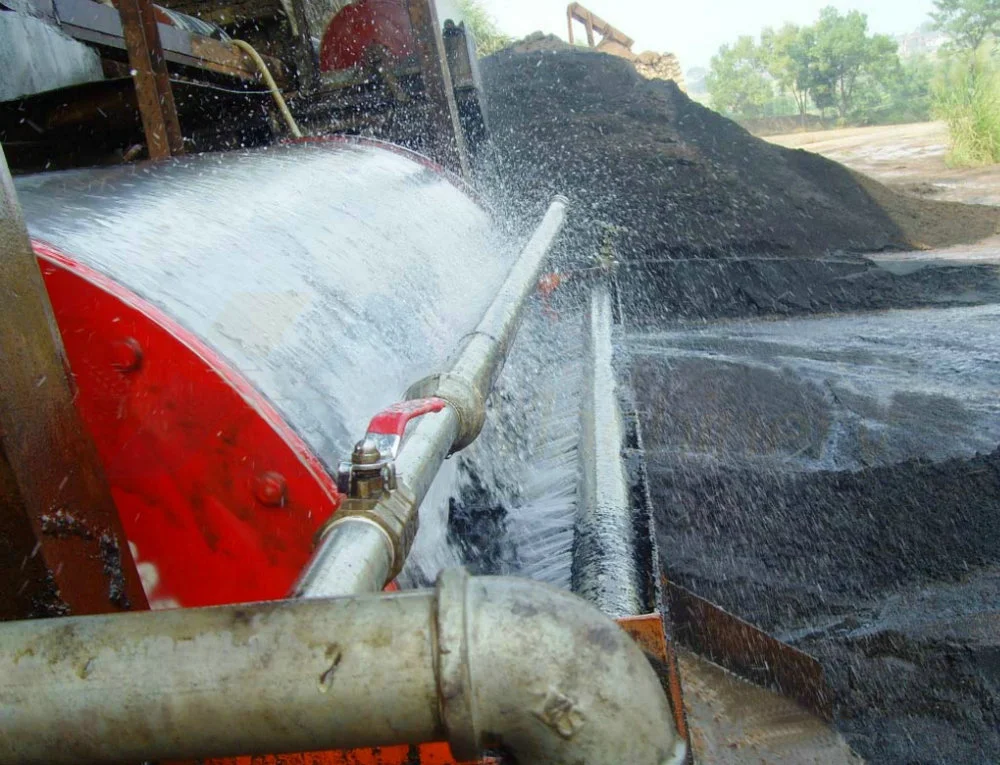
Designs and sizes
The wet drum magnetic separators for dense media recovery are available in several sizes and designs to meet varying requirements from the processing industry. This cooperation with the industry has led to some unique features and an outstanding performance.
The wet magnetic separators are today available with up to 1800 mm drum diameter with lengths up to 3.6 meters. Three different designs of magnetic systems are available as well as three different tank styles to enable processing of the full range of magnetic media applications.
Magnetic separation theory
The magnetic separation process is complex in many respects due to varying magnetic susceptibility of the material and its particle size.
The magnetic force on a specific particle depends upon these factors as well as other properties, such as magnetic flux and magnetic field gradient, created by the magnetic separator.
The product of field multiplied by gradient, also called the magnetic force index, varies between different designs and is a factor when selecting the most suitable magnetic system for a particular job.
As in all applications, the magnetic force is competing with other forces like gravity and hydraulic drag; the feed volume must be balanced to a suitable level, the magnetic force for a given separator being non-adjustable.
Generally speaking, finer particles call for lower flow capacity of the equipment. By selecting a higher magnetic field strength and higher gradient the capacity can be increased considerably in many cases.
Magnetic system
The heart of the magnetic separator is the magnetic assembly. Normally Deya Machinery provides basically two different assemblies, high capacity and high gradient.
The high capacity assembly is the standard and supplied if nothing else is mentioned. The main differences between the two assemblies are the pole pitch, pole sizes and number of poles.
The assemblies are similar in design, both having a number of main poles and in addition a number of intermediate cross poles for flux control and enhancement of the magnetic performance.
The magnet poles are attached to a rigid steel yoke, which in turn is attached to the shaft. The high capacity assembly comprises six main poles, while the high gradient style has twelve and fourteen main poles, depending on style of tank.
The high capacity assembly has a higher magnetic flux rating but due to its inherently lower field gradient its magnetic attraction force close to the drum is actually lower compared with the high gradient type.
The high gradient version is hence more capable of recovering finer or less magnetic material, but its capacity is reduced, as its magnetic force drops off faster with the distance from the magnets.
The arc of the High Capacity magnetic system is 124 degrees and has a rating of 120 mT at 50 mm from the magnet surface while the high gradient has an arc of 113 degrees and 133 degrees with a rating of 60 mT.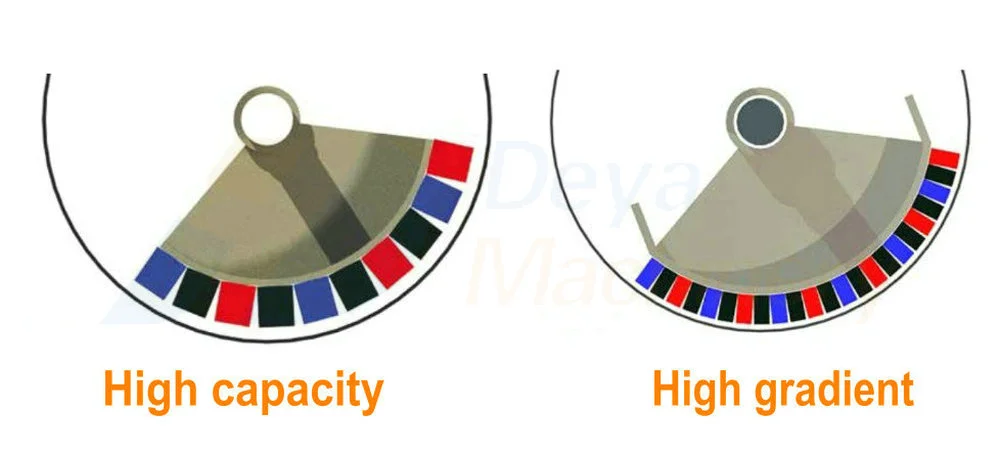
Adjustment of magnet and drum position
The position of magnetic drum and the angle of the magnetic assembly can easily be adjusted to obtain the best process performance. The adjustment possibilities include
• Magnet assembly positioning in relation to the concentrate discharge weir
• Horizontal position of the drum
• Vertical position of the drum
Drum drive system
The drum of a Deya Machinery magnetic separator has a drive shaft, which can be adapted to any type of drive. The position of the drive components is favourable, located outside of the tank away from pulp splashes and water.
Experience shows that the drum speed is very seldom altered and Deya Machinery has delivered most its separators with direct drive gear boxes. This system has proven to be safe, efficient, clean and quiet and requires very little maintenance.
The older system with an integrated V-belt drive is also available and is recommended for users who want maintain the possibility to modify the drum speed by shifting sheaves.
Also frequency inveter can be supplied with the motor to control the rotation speed. The normal peripheral speed of drum is 0.6 m/s unless anything has been agreed upon.
Concentrate discharge and collection
An overflow weir is provided for the magnetic concentrate discharge. The weir, made in HDPE or optionally in polyurethane, is adjustable to obtain optimum discharge conditions.
The launders for collection of the concentrate discharged over the weir are made in rubber lined mild and stainless steel combination and bolted on to the separator tank frame.
Tailing discharge and collection
The effluent stream is normally discharged into a trough underneath the separators. This trough is not part of the delivery but is designed and provided for by others.
Deya Machinery will assist with engineering if required. The separators may if so ordered be directly connected via e.g. steel pipes or rubber slurry hoses to the effluent system thus eliminating the need of troughs under the tanks.
DM-Concurrent
The concurrent tank features
• Feed box integrated with the tank
• Feed entry section to improve on feed pulp distribution ensuring full width feed to drum
• Long pick up zone for extended retention time for recovery of fine material
• Exchangeable outlet spigots in tank bottom to allow coarse material trouble free discharge
• Full width overflow weir for pulp level control
CR-Counter rotation
The counter rotation style of magnetic separator features
• Feed box with feed tubes
• Feed entry section to improve on feed pulp distribution with full width feed to drum
• Long pick up zone
• Spigot-less, full width weir adjustable overflow discharge of the effluent for pulp level control allowing surges in feed flow
DW-Counter-rotation
The DW features
• Basically counter rotation tank design
• Extremely long pick up zone
• Entry chamber designed to allow entrapped air to escape and improve concentrate drainage
• Magnet assembly arc larger to compensate for disturbances by entrapped air in the pulp
• High gradient style magnetic assembly for recovery of fine to extremely fine magnetic material
• Full width adjustable overflow weir for the effluent for pulp level control allowing surges in feed flow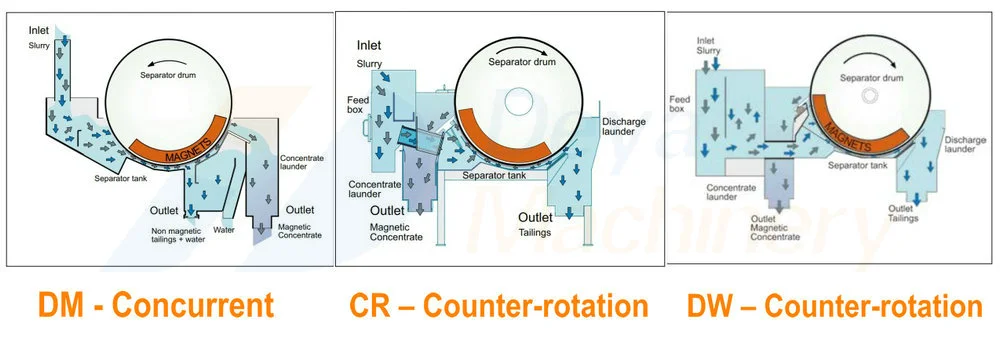
Technical data for reference
| Model | Drum diameter | Drum length | Rotation speed | Feed size | Capacity | Power |
|---|---|---|---|---|---|---|
| mm | mm | RPM | mm | T/H | Kw | |
| CTB6012 | 600 | 1200 | <35 | 2-0 | 10-20 | 1.5 |
| CTB6018 | 600 | 1800 | <35 | 2-0 | 15-30 | 2.2 |
| CTB7518 | 750 | 1800 | <35 | 2-0 | 20-45 | 2.2 |
| CTB9018 | 900 | 1800 | <35 | 3-0 | 40-60 | 3 |
| CTB9021 | 900 | 2100 | <35 | 3-0 | 45-60 | 3 |
| CTB9024 | 900 | 2400 | <28 | 3-0 | 45-70 | 4 |
| CTB1018 | 1050 | 1800 | <20 | 3-0 | 50-75 | 5.5 |
| CTB1021 | 1050 | 2100 | <20 | 3-0 | 50-100 | 5.5 |
| CTB1024 | 1050 | 2400 | <20 | 3-0 | 60-120 | 5.5 |
| CTB1218 | 1200 | 1800 | <18 | 3-0 | 80-140 | 5.5 |
| CTB1224 | 1200 | 2400 | <18 | 3-0 | 85-180 | 7.5 |
| CTB1230 | 1200 | 3000 | <18 | 3-0 | 100-180 | 7.5 |
| CTB1530 | 1500 | 3000 | <14 | 3-0 | 170-280 | 11 |
Note: Base on different materials, feed size, magnetic intensity and other factors, the data will be different. Recommend testing in laboratory, followed by on site testing, especially when planning for larger installations.
